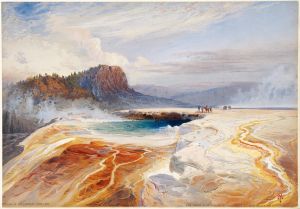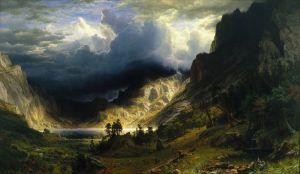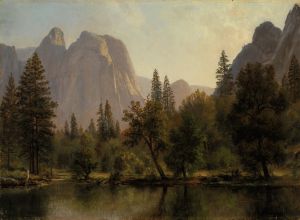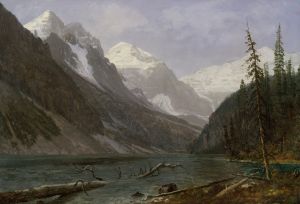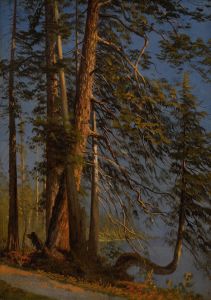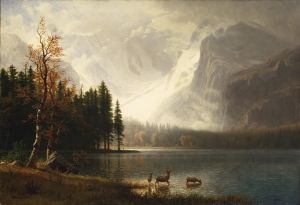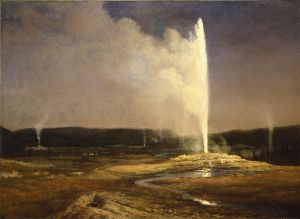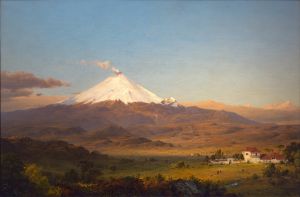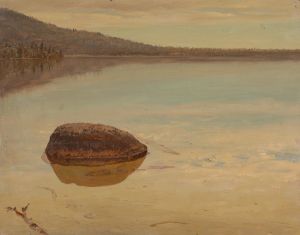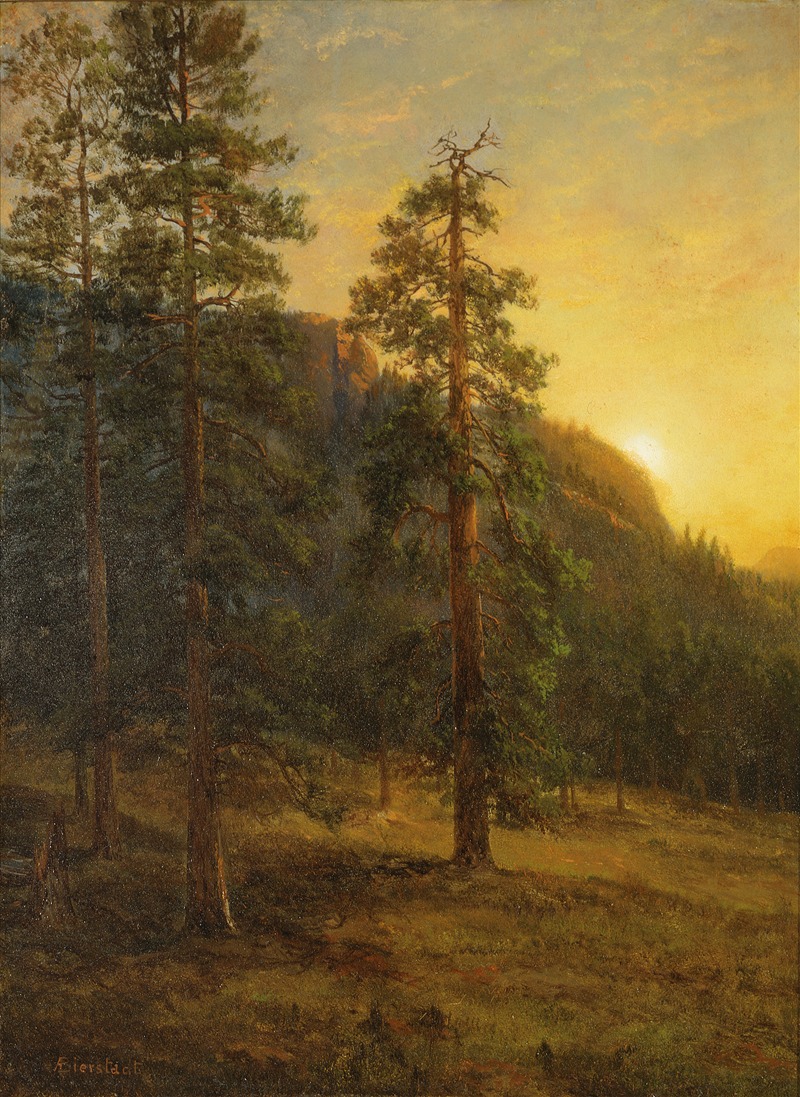
California Redwoods
A hand-painted replica of Albert Bierstadt’s masterpiece California Redwoods, meticulously crafted by professional artists to capture the true essence of the original. Each piece is created with museum-quality canvas and rare mineral pigments, carefully painted by experienced artists with delicate brushstrokes and rich, layered colors to perfectly recreate the texture of the original artwork. Unlike machine-printed reproductions, this hand-painted version brings the painting to life, infused with the artist’s emotions and skill in every stroke. Whether for personal collection or home decoration, it instantly elevates the artistic atmosphere of any space.
Albert Bierstadt, a prominent 19th-century American painter, is renowned for his large-scale landscapes of the American West. Among his many works, "California Redwoods" stands out as a testament to his skill in capturing the grandeur and majesty of the natural world. Although specific details about the creation and history of "California Redwoods" are limited, Bierstadt's broader body of work and his artistic approach provide context for understanding this painting.
Bierstadt was born in Germany in 1830 and moved to the United States as a child. He later returned to Europe to study painting, where he was influenced by the Hudson River School, a mid-19th-century American art movement known for its romantic portrayal of the American landscape. Bierstadt became one of the most celebrated painters of this movement, particularly noted for his dramatic use of light and meticulous attention to detail.
"California Redwoods" likely reflects Bierstadt's experiences and observations during his travels to the American West. In the mid-1800s, Bierstadt joined several expeditions to the West, including trips to the Sierra Nevada and Yosemite Valley. These journeys provided him with firsthand exposure to the vast and varied landscapes of the region, which he translated into his paintings. The redwood forests of California, known for their towering trees and serene beauty, would have been a compelling subject for Bierstadt, who was drawn to scenes that conveyed the sublime and awe-inspiring aspects of nature.
Bierstadt's technique often involved creating large, sweeping compositions that emphasized the scale and majesty of the landscape. He was known for his ability to capture the interplay of light and shadow, which added depth and drama to his scenes. In "California Redwoods," Bierstadt would have employed these techniques to highlight the grandeur of the redwood trees, using light to accentuate their height and the lushness of the forest environment.
While specific details about the exhibition history or current location of "California Redwoods" are not readily available, Bierstadt's works were widely exhibited during his lifetime and continue to be held in high regard. His paintings are featured in numerous museums and collections across the United States, including the Metropolitan Museum of Art in New York and the Smithsonian American Art Museum in Washington, D.C.
Bierstadt's legacy as an artist is closely tied to his ability to evoke the spirit of the American West through his paintings. "California Redwoods," like many of his works, serves as a visual record of a time when the West was still largely unexplored and its natural wonders were just beginning to capture the imagination of the American public. Through his art, Bierstadt played a significant role in shaping perceptions of the American landscape and inspiring appreciation for its beauty and grandeur.





